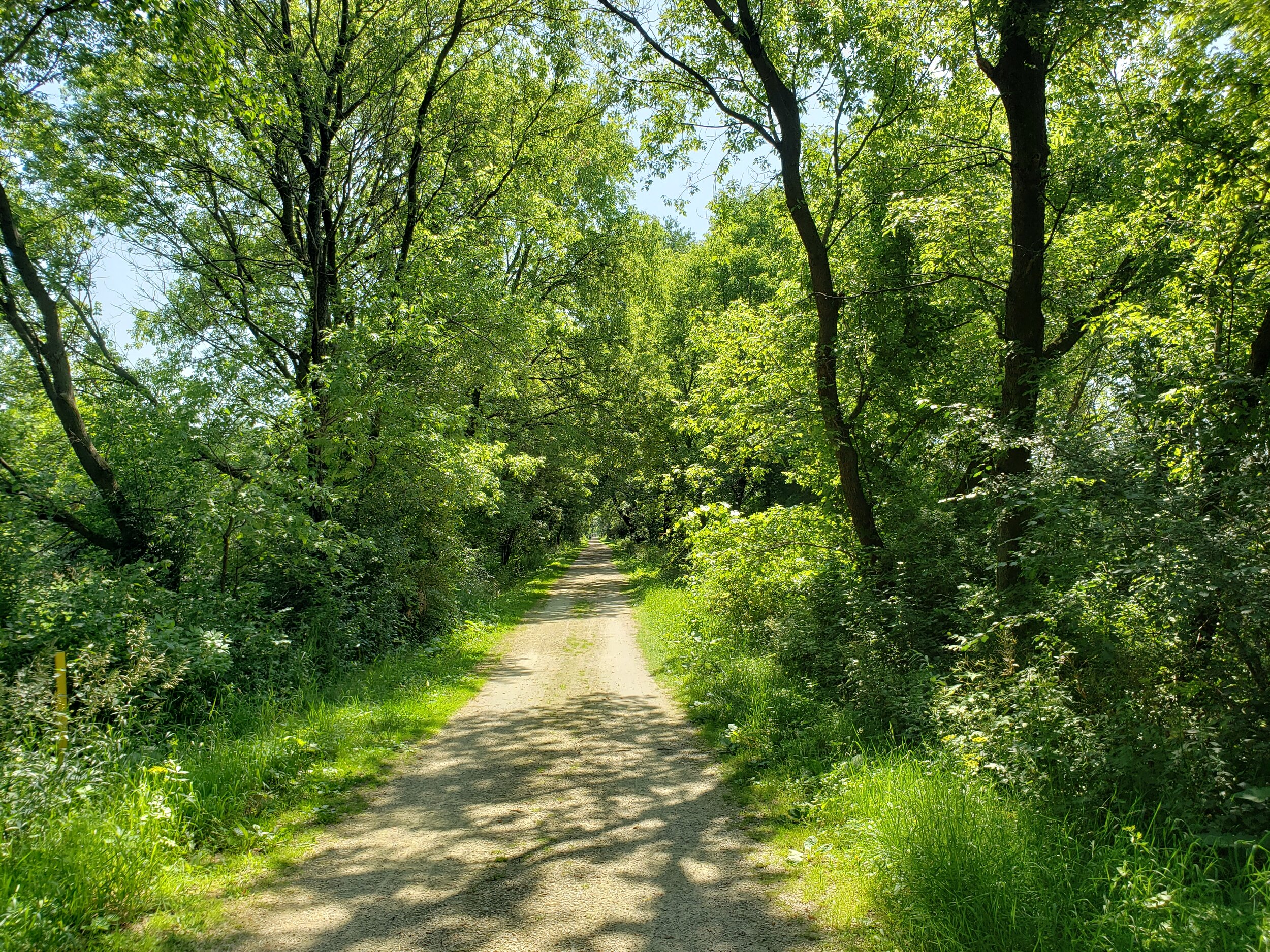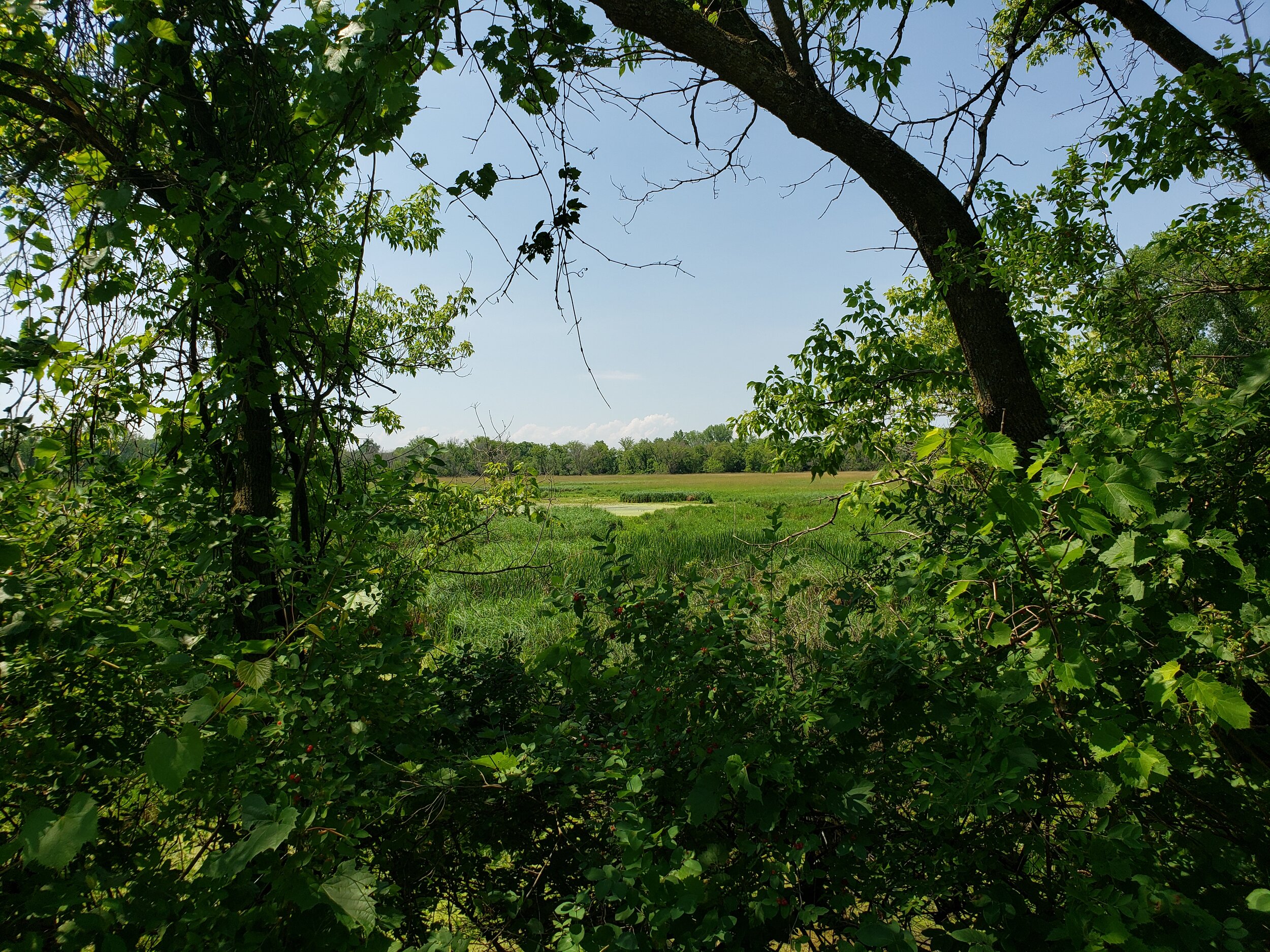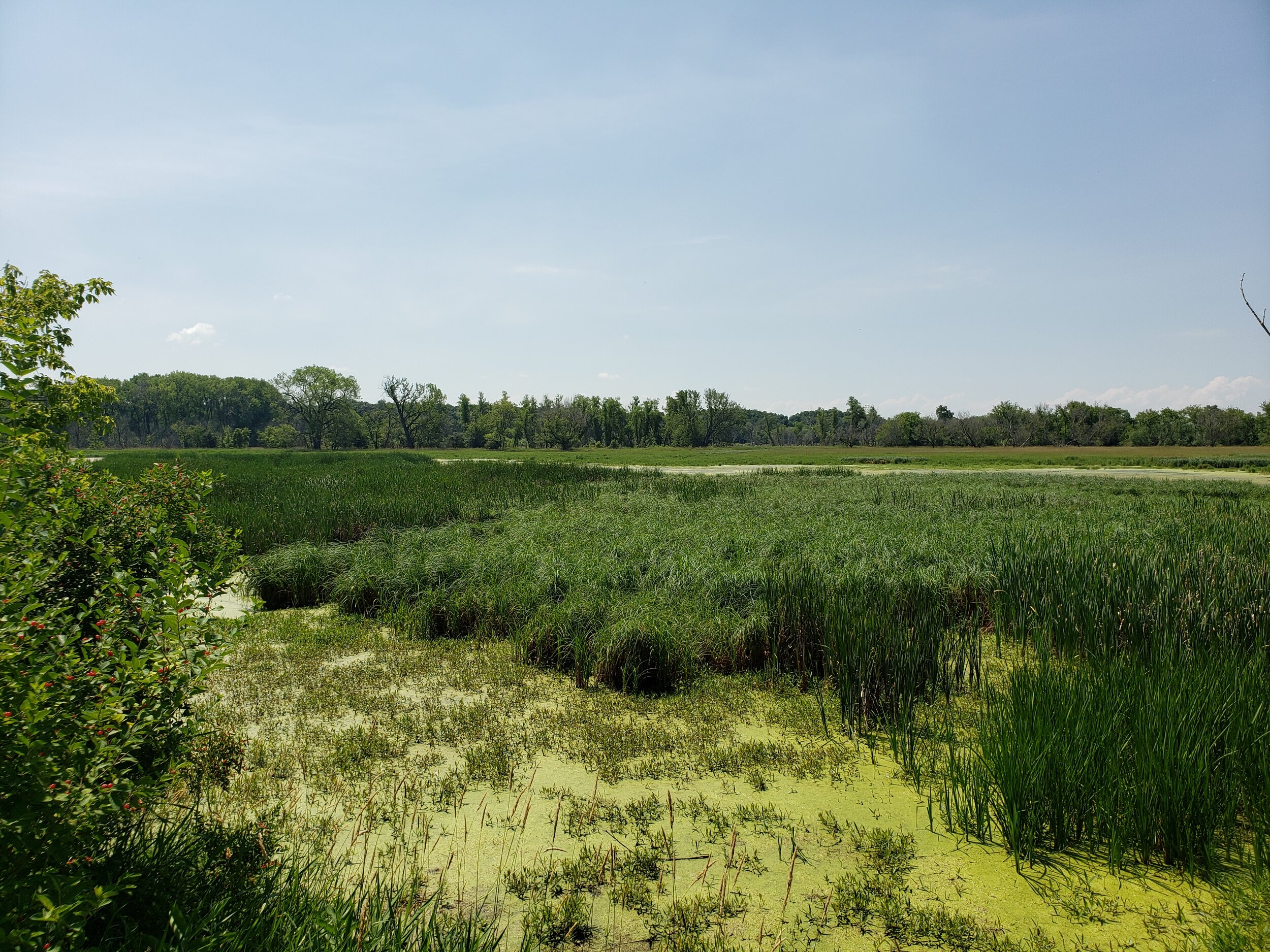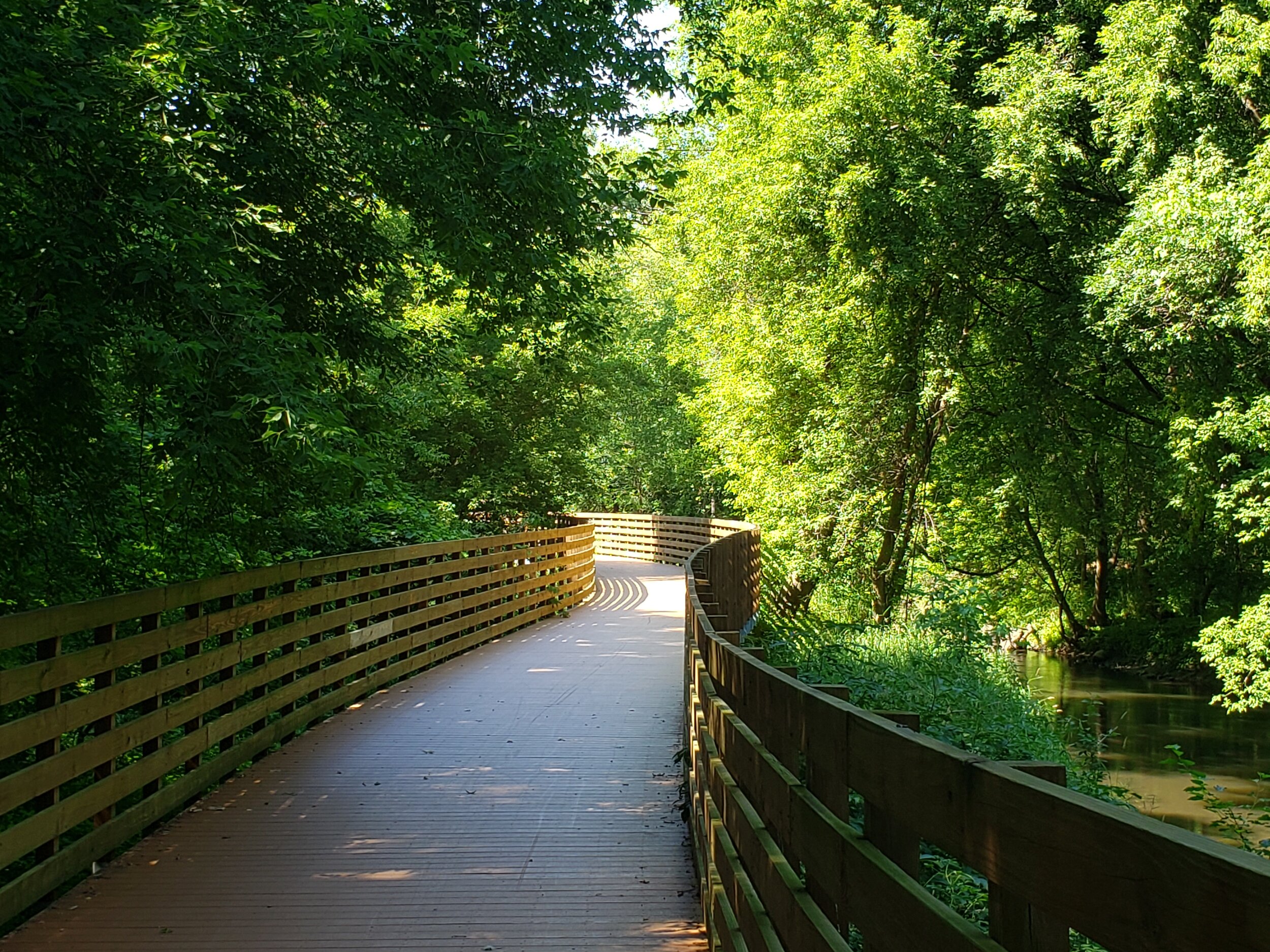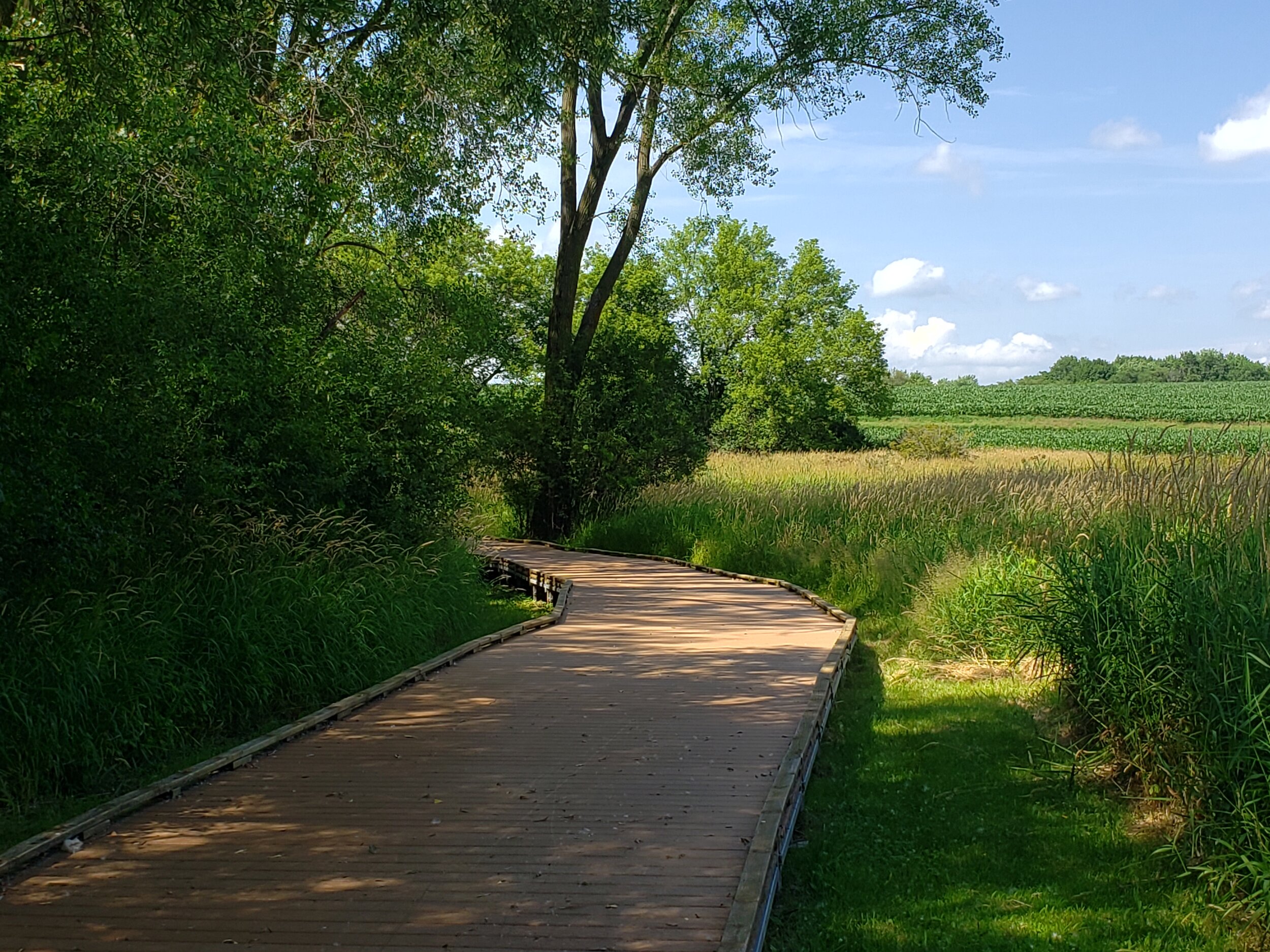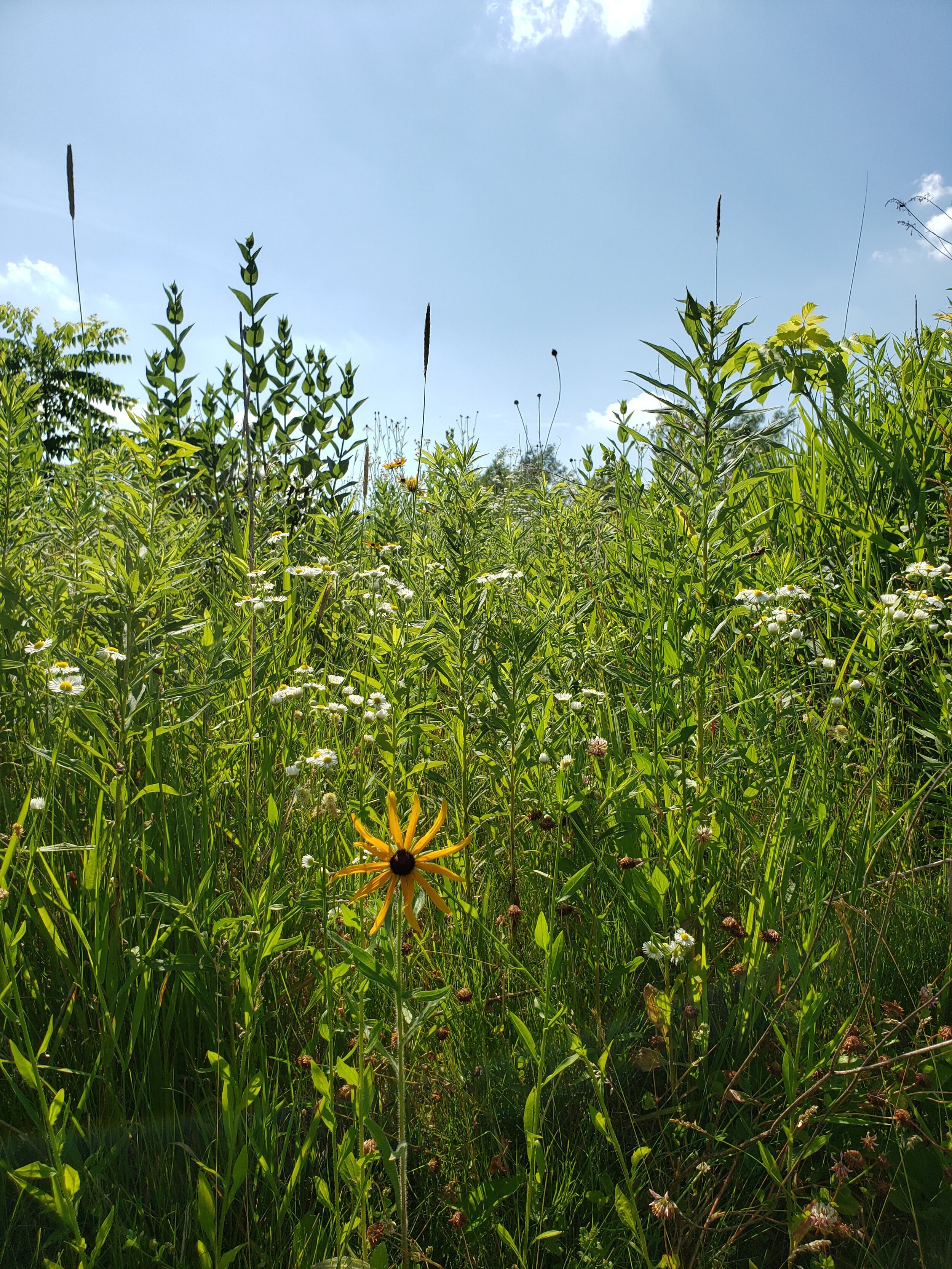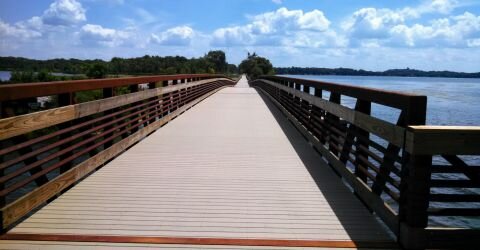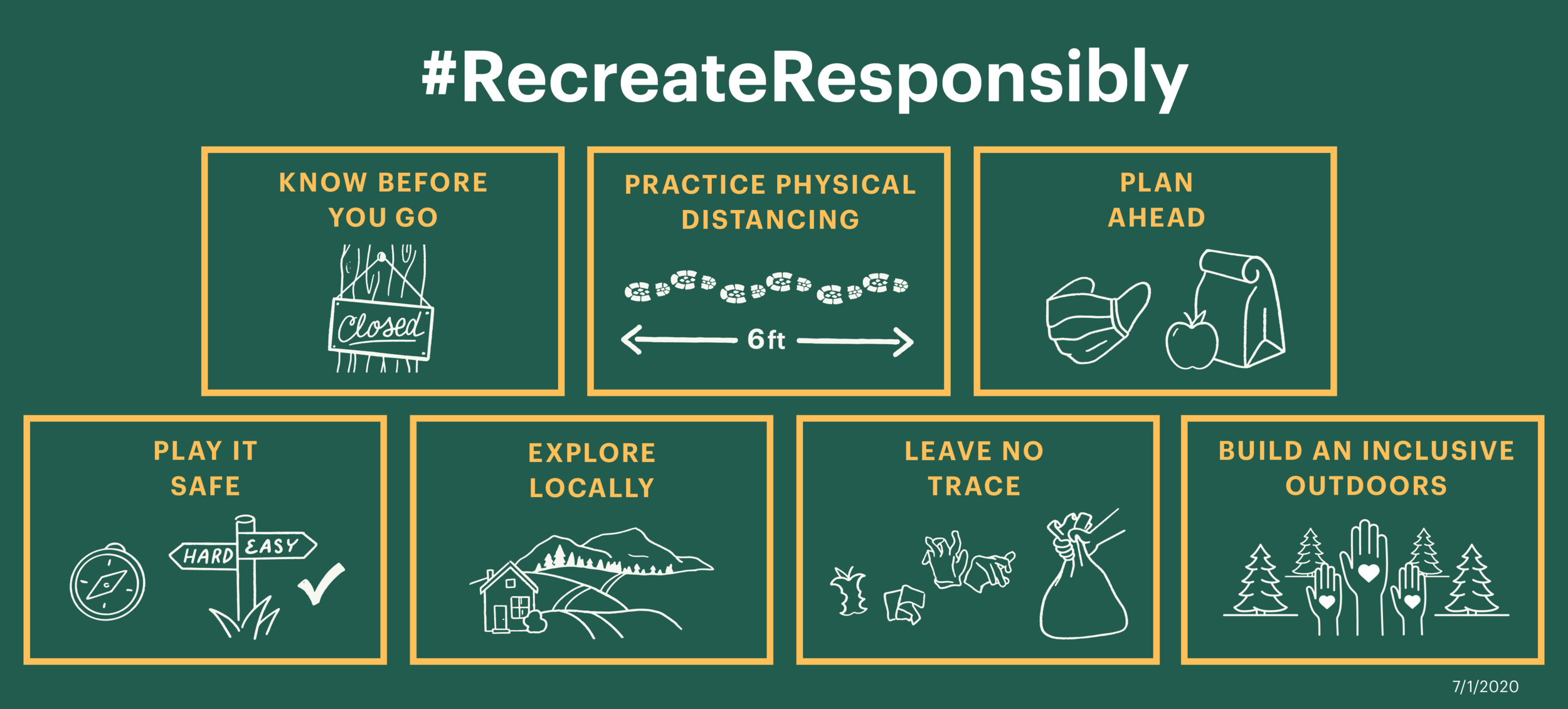Welcome back to the Entryway to Birding blog! It’s now July—can you believe it? I hope everyone reading was able to celebrate a safe and healthy 4th of July.
With the heat of summer setting in over the last week, my birding habits have been changing. I’ll admit, I’m a bit of a wimp—I don’t like getting eaten alive by mosquitoes nor do I handle heat and humidity well. Our current stretch of hot and humid weather has me looking for some more creative ways to bird, since sweaty, irritable birding is not my best birding.
This week’s blog post is for those of you who still want to get outside, get active, and enjoy those birds, but aren’t feeling inclined to stand around in the humidity while getting eaten by mosquitoes.
Pictured is my bicycle on the Glacial Drumlin State Trail, parked near one of the many bridges over the meandering Koshkonong Creek. Keep reading below for a list of recommended bike trails that are great for birding! Photo by Caitlyn Schuchhardt
Birding with a Breeze
We’ve hit a time in the birding year when we don’t have as many species traveling through, which can make the summer season less thrilling when compared to spring migration. For new and beginning birders, though, I’d urge you to see this season as a blessing in disguise. After all the hubbub of spring migration, summer can be an opportunity to hone your birding skills and set some personal challenges for yourself.
So what have I been doing to keep my birding fresh? I’ve been birding while biking! This is something you can do any time of year, of course, but I find it particularly enjoyable in the heat when I can keep a nice constant breeze on my face. Biking while birding helps me focus on two related challenges that I’ve set for myself: to get better at IDing birds without binoculars and to improve my birding by ear skills.
Look Mom, No Bins!
Binoculars sure make birding a lot easier, but they aren’t necessary. What better way to keep your skills sharp than to forego the bins? Give it a shot and see what sort of field marks and behavioral cues you can still pick up on with the naked eye—or the finely tuned ear.
This has been a ton of fun to practice by bike! As I’m leisurely riding on the path, I scan ahead of me to see if I can spot birds moving in the trees ahead, flitting across the path, or soaring in the sky. I take note of their general impression of size and shape, and see if I can hazard out an ID. As I bike closer, I’ll hopefully be able to get a better look—or a listen!—and confirm whether or not I was right.
Helmet? Check. Face covering? Check. Binoculars? CHECK! (I just can’t leave them at home, even when my challenge is to bird without them. I’m sure that would be the one day I manage to run across a rarity!)
I will whip out my binoculars to help confirm an ID or check out a bird that I’ve been struggling to identify. Because, let’s be honest—I’m rarely outdoors without them! While biking, I’ll wear my binoculars strap crossbody, with my bins resting on my back. This keeps them safely out of my way while biking, but available when I need to pull over off the path for a better look at something.
Birding by the “general impression” of a bird encompasses a lot of different factors—all of which can help you get to know different bird species better. It may not lead you straight to the ID of a bird, but it can help you narrow your options dramatically.
Here are some examples of things one might pay attention to while birding by general impression of shape and size:
Flight pattern or wing-beats. Does that high-soaring bird have the tippy flight of a turkey vulture, or does it soar smoothly in a tight circle with minimal flapping, like a red-tailed hawk? Can you spot the undulating flight of a woodpecker, or note the dip-dip in the flight of the American goldfinch?
Body proportions. How does the size of the beak compare to the head? How does the tail length compare to the body? Looking at these may clue you into whether you’re seeing a red-winged blackbird (smaller beak, shorter tail) or a common grackle (larger beak, longer tail) up in the distance. Or maybe you see a large bird with a massive wingspan flying over in the distance—does it have the bulge of the great blue heron’s neck as it’s tucked in during flight, or the long stretched out neck of a sandhill crane?
Positioning and behavior. Some birds tend to perch or sit in particular ways. Are you seeing the tall, upright position of a flycatcher, perched and ready at the end of a branch, maybe occasionally darting out to hover and snatch a bug? Are you seeing the cocked tail of a wren as it pops up from some brush to chatter at you as you pass?
Habitat clues. If you’ve got a large raptor soaring over a body of water, wings held in an M shape that doesn’t seem quite right for a hawk, you might have an osprey! Catching fish is their specialty, so water increases the likelihood of their presence.
What birds might you expect to find in these thick trees over the Upper Yahara River? Some movement caught my attention as I biked past, but it wasn’t a bird—it was a deer! It’s waaaaay back there in this picture, probably just a speck, but there’s a young doe drinking from the water. Photo by Caitlyn Schuchhardt
Birding by Ear (by Bike)
The other, related challenge I’ve been working on is improving my ear-birding skills. As I bike along a path, I’ll challenge myself to pick through the chorus of bird songs around me. I’ll focus on one song that I recognize and practice picking it out of the hubbub of noise as I mentally reaffirm the ID in my head.
This activity pairs nicely with my other goal of IDing birds without my binoculars. Many times I may be 75% sure of what that approaching bird may be, but then I’ll hear it call or sing and it will seal the deal—or throw my ID out the window.
Most of the birds I’m riding by are common birds that aren’t too challenging to ID when they are within sight—but that doesn’t matter to me! This activity helps me get to know them even better and helps ingrain their songs in my mind. I personally struggle a lot with remembering bird songs (even of common birds! I will admit that I am regularly fooled by the many different calls of the American robin…) and the more time that I take the time to focus directly on birding by ear, the better I get.
I’ll be honest, I wouldn’t be so inclined to stand in the hot sun and bird—especially with this week’s temperatures. But I will take the breeze on my skin and feel the wind underneath my imaginary wings as I fly down the path, birding by bike.
Bike Trails for Birding
Here are three sections of bike path that I’ve found are excellent for birding while on a leisurely bike ride. They’ve each got unique habitat, gorgeous views, and nice wide trails. This isn’t an exhaustive list, but just a few of my recent go-to destinations. Feel free to check out these suggestions, or venture out to find your own spot. Madison has no shortage of bike trails and I guarantee there will be birds waiting for you!
Glacial Drumlin State Trail
This trail starts west of town in Cottage Grove. It stretches 52 miles, all the way from Cottage Grove to Waukesha! But good news for you is that you don’t need to travel all that far to reach some great birding spots along the path. My favorite section of the path is from Ridge Rd to Jargo Rd, about 2-3 miles from the starting point in Cottage Grove. The wetlands and marshy areas along this stretch are stunning. On my recent visit, I heard Virginia rails grunting and calling their “kiddik” calls from the reeds along the grass, saw a great blue heron hunting fish, and was surprised to see a common gallinule float in and out of the far reeds. (Despite the “common” in their name, they aren’t spotted too frequently in Dane Co so it was a fun surprise to see this one!)
This path frequently crosses the Koshkonong Creek, and the bridges are always a good spot to slow down and see what birds are chillin’ near the water. The path is very straight, wide, and flat, and cuts through wooded areas, farmland, and wetland.
Trail surface: Crushed limestone
State Trail Pass needed: Yes
Where to start: Trailhead at 200 S. Main St, Cottage Grove, WI
Upper Yahara River Trail
This trail is a hidden gem! It’s north of Madison in Deforest and follows along the upper portion of the Yahara River. It’s 2.7 miles one way, with small pockets of gorgeous habitat along the water that interspersed with sections of marshes, woodlands, and prairie. There are small stretches with nearby backyards lining the path, and many of them have great feeder setups that keep the birds nice and close! On a recent visit here, I had a blue-gray gnatcatcher land on the path right in front of me! It was so tiny I thought it was a little blue-gray butterfly as I rode closer, but then it flew off calling it’s raspy “seet-seet” call and flitted back and forth in the trees nearby.
Near the end of the path, you’ll reach Western Green Park, Deforest’s largest prairie restoration project that Madison Audubon helped plant back in the 1990s. It’s a gorgeous place to stop and enjoy the spring blooms and butterflies.
This path is unique because of its expansive sections of boardwalk interspersed with the paved trail, both of which are nice and wide. There are a few small inclines but this trail is mostly flat.
Surface type: Paved asphalt alternating with boardwalk
State Trail Pass Needed: No
Where to start: Trailhead with parking area off Windsor Rd, Deforest, WI
Lower Yahara River Trail
The mile-long boardwalk that stretches across Lake Waubesa. Photo from Dane County Parks
This trail is part of a larger system that connects to the Capital Springs Recreation Area, though this trail itself is centered around Lake Farm County Park. Its highlight is the 1-mile long boardwalk that goes across Lake Waubesa, connecting Lake Farm County Park to McDaniel Park in McFarland. It has much less shade than the other two trails on the list but is still packed with great habitat, with lots of open prairie, marshes, and the occasional section of woodland to bike through. The stretch of boardwalk along Lake Waubesa is always a highlight for me—you’ve got the wide-open lake, but sections of the boardwalk are lined with trees that are particularly birdy. I’ve seen several different nesting birds along this stretch, including those great-crested flycatchers I mentioned last week!
Not far from this trail is the MMSD Wildlife Viewing Area near the Lewis Nine Springs E-Way. The trails back by the ponds are closed to the public during the pandemic, but if you’ve got your binoculars with you, you can pull off the bike path and scan the ponds for distant birds, or lock your bike up by the parking lot and walk the boardwalk to get a little bit of a closer view. Maybe you’ll spot the osprey couple that nests on top of the cell phone tower!
Surface type: Paved asphalt, boardwalk across Lake Waubesa
State Trail Pass needed: No (but if you continue to nearby stretches of the Capital City State Trail path, you may need one!)
Where to start: Lewis Nine Springs E-Way Parking Lot off Moorland Rd, Lower Yahara River Trail parking lot off Lake Farm Rd near the Lussier Heritage Center, or McDaniel Park off the east end in McFarland.
If you do head out for a birding by bike session, do be safe. If you’re stopping to look at a bird, pull your bike all the way off the path to ensure there is room for others to safely pass you. Wear a helmet. Wear sunscreen. Bring plenty of water. The breeze will keep you cool, but don’t overexert yourself in the heat. Be prepared with a mask that you can put on when you’re near others, and be considerate of the space you share with your fellow nature lovers to help maintain social distancing.
The pandemic is not over and we still need to be cautious, careful, and recreate responsibly. Aside from your home, the outdoors is one of the safest places you can be—but it’s up to all of us to do our part and keep everyone safe.
That’s all for this week. Happy birding! And happy biking, should you choose to hit the trails!
_____
Caitlyn is the Communications and Outreach Assistant at Madison Audubon. She’s crazy for birds because they changed her life. She’ll be back next Monday with some tips and tools for birders, new and experienced! Between now and then, she’d love to hear about the birds you’re seeing and hearing. Leave a comment below or email to drop her a line!





